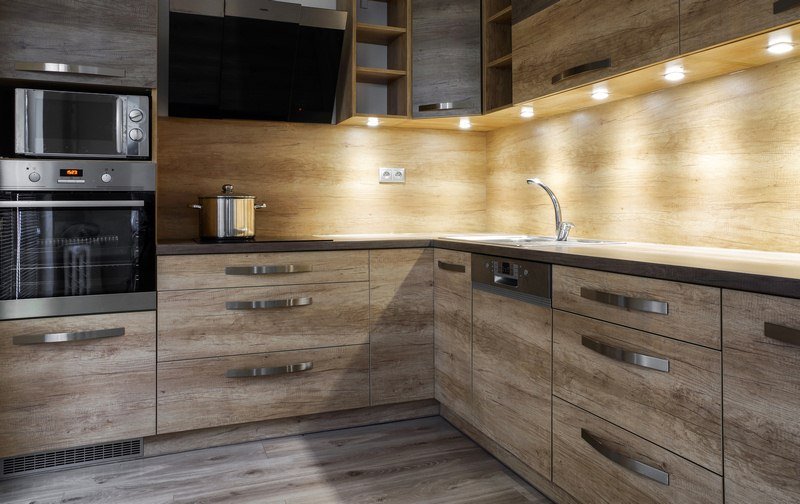Table of Contents Show
Even if you don’t know a lot about interior design, it’s easy to spot which rooms are well-designed and which ones need professional help.

That’s because all well-designed rooms use basic principles such as balance, emphasis, proportion, scale, and so on. The good news is with practice and some trial and error, you can achieve the same effect as if you’ve hired an expert.
Now, speaking of a well-designed room, you should know that lighting is a key element in interior design. Here, we’ll talk about the basics of lighting a room so you can choose lights and fixtures that seamlessly combine functionality and style.
Understanding the Different Types of Lighting
The 3 types of lighting are general or ambient, task, and accent lighting. General or ambient lighting provides the main illumination in a room. Its purpose is to replace sunlight or natural light, and it serves as the backbone of your lighting plan.
Meanwhile, task lighting is for specific tasks such as reading, putting on makeup, cooking, and so on. These lights should be bright, but not to the point where they create shadows and glare. Last but not least are accent lights, which serve to highlight architectural features such as a painting, wall, stairway, etc.
If you can use all 3 to light a room, better. This is known as layering, which is the most effective way to fulfill the lighting needs of a room.
Things to Consider When Lighting a Room
Aside from knowing the different types of lighting, you also have to factor in energy efficiency, cost, and of course, how the room will be used.
If you’re overwhelmed by the number of options available in your nearest home improvement store, a lighting designer can help. However, if you plan to take charge of all design decisions, at least consult with residential electricians. They understand how ductwork, ceiling height, and other restrictions can affect your choice of lighting and fixtures.
The last thing you want is to buy fixtures only to find out that they cannot be properly installed in a room. That’s why it’s worth it to work with someone who can give you recommendations about lighting installations and upgrades.
Other Tips to Keep in Mind
Now that you have some idea on how to light a room, see if you can incorporate pro tips like mixing and matching fixtures, using statement lights, etc.
Always remember that lighting isn’t just for helping you see what you’re doing. Lights and fixtures can make a room look bigger than it is, create the right mood, and enhance its overall look.
Want More Lighting Tips and Advice?
Understanding how to light a room is one of the ways you can make your home look better. For more tips on lighting a room, don’t hesitate to check out our other posts. We have guides on how to use LED lighting, ideas on how to decorate your reading nook, and so on.
You may also want to check out our home improvement articles, as well as gardening and design tips for every room in your house.









